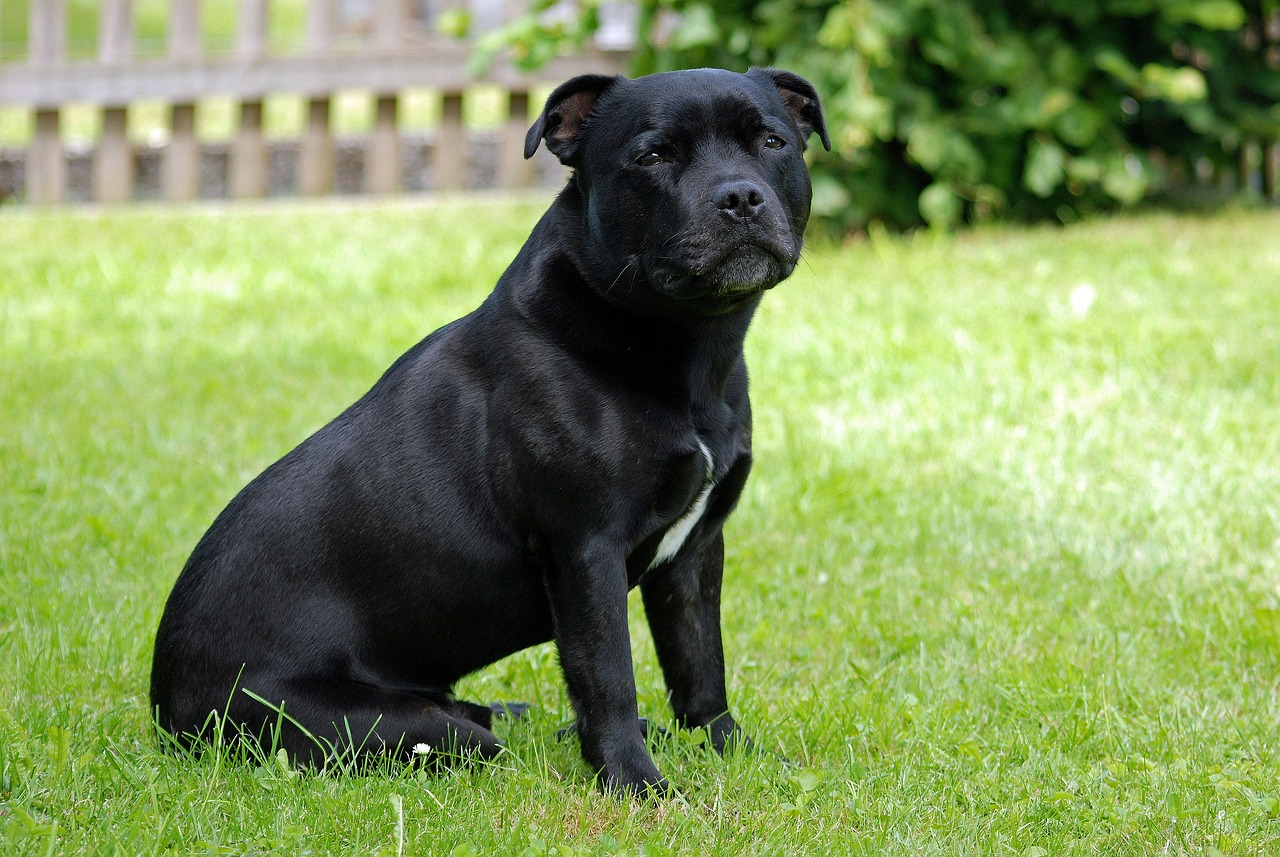Spaying a female Staffordshire Bull Terrier is a crucial decision for any dog owner. This surgical procedure, known as ovariohysterectomy, involves removing the ovaries and usually the uterus. The timing of this surgery is important and can have significant implications for the dog’s health and behavior. This article explores the ideal age for spaying a female Staffordshire Bull Terrier, weighing the veterinarian consensus against the pros and cons of early versus later spaying, and also discusses alternatives to traditional spaying.
Veterinarian Consensus on Spaying Age
Most veterinarians recommend spaying female dogs, including Staffordshire Bull Terriers, before their first heat cycle, generally around six months of age. This recommendation is based on the prevention of various health issues, such as mammary tumors and pyometra, a potentially life-threatening uterine infection. However, the best age for spaying can vary depending on the dog’s health, breed characteristics, and lifestyle.
Advantages of Early Spaying
- Reduced Risk of Mammary Cancer: Spaying before the first heat cycle significantly lowers the risk of mammary tumors, which are common in female dogs.
- Elimination of Pyometra Risk: Early spaying removes the risk of pyometra, a serious concern for unspayed females.
- Behavioral Stability: Early spaying can lead to a more predictable behavior by eliminating heat cycles, which can cause mood swings and other behavioral changes.
Disadvantages of Early Spaying
- Orthopedic Concerns: Early spaying, particularly before the first heat, may affect the development of the growth plates, leading to potential orthopedic problems, a concern for active breeds like Staffordshire Bull Terriers.
- Risk of Obesity: Spaying can alter metabolic rates, potentially leading to obesity, especially in breeds prone to weight gain.
- Urinary Incontinence: Some studies suggest a correlation between early spaying and an increased risk of urinary incontinence.
Advantages of Later Spaying
- Complete Physical Development: Allowing a Staffordshire Bull Terrier to fully mature before spaying might benefit their overall development, particularly in bone and joint health.
- Potentially Reduced Risk of Joint Disorders: Waiting until after the first heat or until the dog is fully grown might reduce the risk of certain orthopedic conditions.
Disadvantages of Later Spaying
- Increased Risk of Mammary Tumors: Each heat cycle a dog goes through slightly increases the risk of developing mammary tumors.
- Risk of Pyometra and Other Reproductive Diseases: The longer a dog remains unspayed, the higher the risk of developing uterine infections and other reproductive health issues.
Alternatives to Traditional Spaying
- Ovary-Sparing Spay: This procedure involves removing the uterus while leaving the ovaries, thus eliminating the risk of pyometra and unwanted pregnancies while retaining the benefits of sex hormones.
- Laparoscopic Spay: A less invasive method of spaying, it involves smaller incisions and generally results in quicker recovery times.
- Chemical Sterilization: While not commonly used for females, there are ongoing studies and developments in non-surgical sterilization methods.
- Hormonal Birth Control: While not a form of spaying, hormonal birth control can be used to prevent heat cycles and pregnancies. However, this method is not typically recommended due to the potential side effects and the need for ongoing administration.
Special Considerations for Staffordshire Bull Terriers
Staffordshire Bull Terriers are known for their energy and physicality. These traits should be considered when deciding the best age for spaying. Consulting with a veterinarian with experience with the breed can provide valuable insights tailored to your dog’s specific needs.
Conclusion
The decision on when to spay a female Staffordshire Bull Terrier involves considering the benefits of early spayings, such as reduced cancer risks, against potential disadvantages like impacts on growth and development. Consulting with a veterinarian who understands the breed’s specific needs is crucial in making this decision. Additionally, exploring alternatives to traditional spaying can provide more options for owners with specific concerns or needs.

 Toledo, United States.
Toledo, United States.